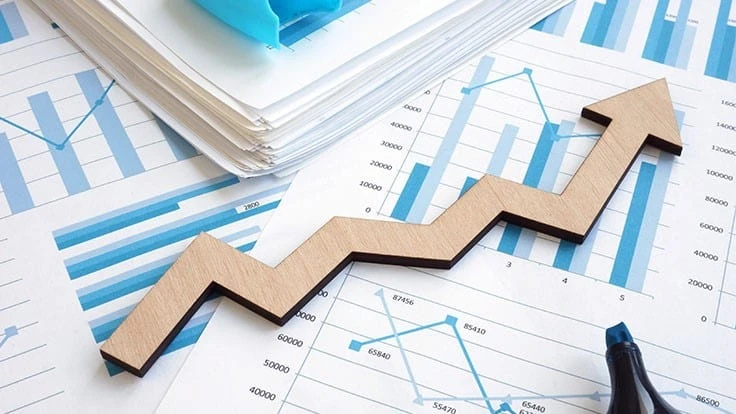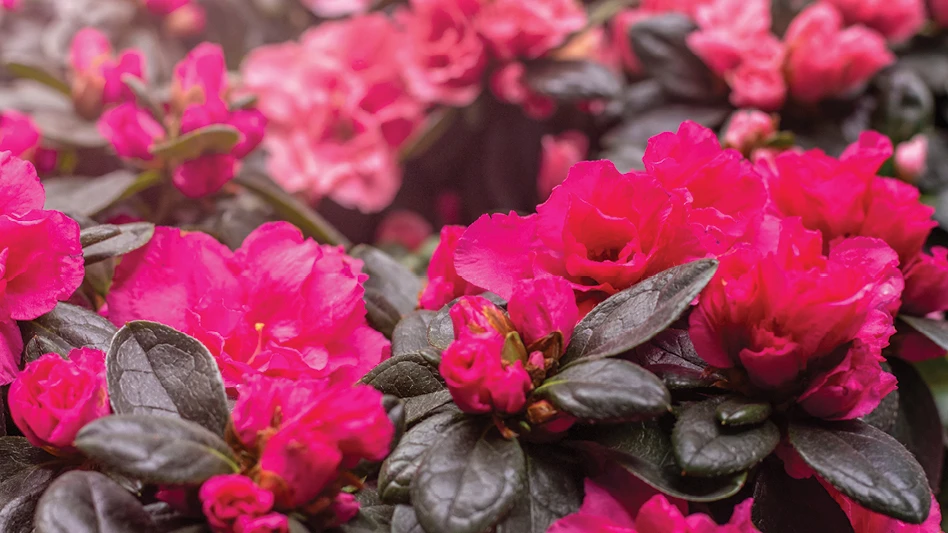

It’s too soon to make it official, but Charlie Hall, professor and Ellison Chair in International Floriculture at Texas A&M, says the country is likely in a recession. In a March 23 webinar hosted by AmericanHort, he discussed strategies that green-industry firms should adopt to successfully weather this situation.
Consumers are still spending on recreational services and goods, which includes the lawn and garden sectors. With the current situation of certain business closures and people sheltering in place, Americans may see a bit of budget relief, but they’ll be cutting back on spending. The big question is whether they’ll continue to purchase more flowers, shrubs and trees, as well as landscape services as they spend more time at home.
“Lawn and garden activity is a part of those recreational services and recreational goods,” Hall said. “So the question is: Where is the consumer going to cut back?”
Prior to the outbreak, Hall said the United States experienced 128 months of economic growth without any significant declines. Housing was peaking, inflation was in check and consumption was steady. But there was some margin compression throughout the green industry, he added.
One short month ago, Hall said, there was a 40% chance of recession this year and an 80% chance next year. But there were several things that could have derailed his outlook, including a bubble burst, an unexpected event, monetary policy gone awry, trade war effects, OPEC backing out of an output deal, or a recession in China or Europe. Four of those six concerns have happened in the last month.
“Q2 and Q3 impacts this year are going to be significant,” he said.
What to expect
Since the coronavirus outbreak, there have been supply-hain disruptions, unemployment and demand shocks. “For those that are still open, if you have illnesses that start occurring in your business, it’s going to be clusters of illnesses among your team, so you’ve got to take a look and see where the essential, critical functions are,” he said.
The time to start making contingency plans is now, Hall said.
“The next unemployment report could see more than 1 million, which could grow to as much as 3 million when this is said and done,” he added.
Hall said that, according to experts, there are four scenarios of how long the COVID-19 could last: it ends in three months; the virus is seasonal and returns in November (lasting 12 months); the virus is persistent until the public acquires herd immunity (two years); or the downturn continues for 12 to 18 months until there is a vaccine or effective treatment.
Since we don’t know which scenario will play out, Hall said, businesses must make a plan get through this crisis.
“Expect clusters of illness among your team. Identify susceptible critical functions and identify supply-chain risks,” he said.
Ideally, green industries already have a business strategy that includes:
- Being properly leveraged
- Having working capital for expenses
- Being lean and efficient
- Marketing your value so consumers view your product or service as being essential
What you can do
It is not too late to prepare your business for the months to come.
Document COVID-19 impacts with an eye to safety-net programs Congress may approve. “You may need to document this to receive benefits,” Hall said.
Deflay major strategic decisions until there’s more data. “It’s all in the data and right now we don’t have the data,” he said. “We don’t even know the true number of people who have this virus. As those tests increase, we will have a little better feel for how this is going to play out.”
Build flexibility for labor and supplies. Delivery is an important part of this. It will give you a competitive advantage, Hall said. “In any crisis, there are going to be growth opportunities.”
Spread the word about the health benefits of plants.“We’re in a health crisis and most people don’t realize that plants provide these health and well-being benefits to all citizens of all ethnicities — all socioeconomic status and all economic conditions,” he said.
Hall explained that regardless of what part of the supply chain you’re in and whether your business is open or closed, you must continue talking to consumers and your customers on platforms such as social media or email newsletters.
Continue to promote the healthand well-being benefits of plants for all citizens, he said.
Get curated news on YOUR industry.
Enter your email to receive our newsletters.
Explore the May 2020 Issue
Check out more from this issue and find your next story to read.
Latest from Greenhouse Management
- Growing enlightened
- American Floral Endowment awards 17 organizations $60,700 in educational grants
- Floral businesses invited to join Society of American Florists' Petal It Forward event in October
- Bioline AgroSciences acquires Viridaxis to strengthen leadership in aphids biocontrol
- Ryley Leech joins JumpLights as vice president of sales
- Meet the Retailers' Choice Awards from 2025 Farwest Show
- Added value
- National Garden Bureau announces featured crops for 2026 'Year of the' program






